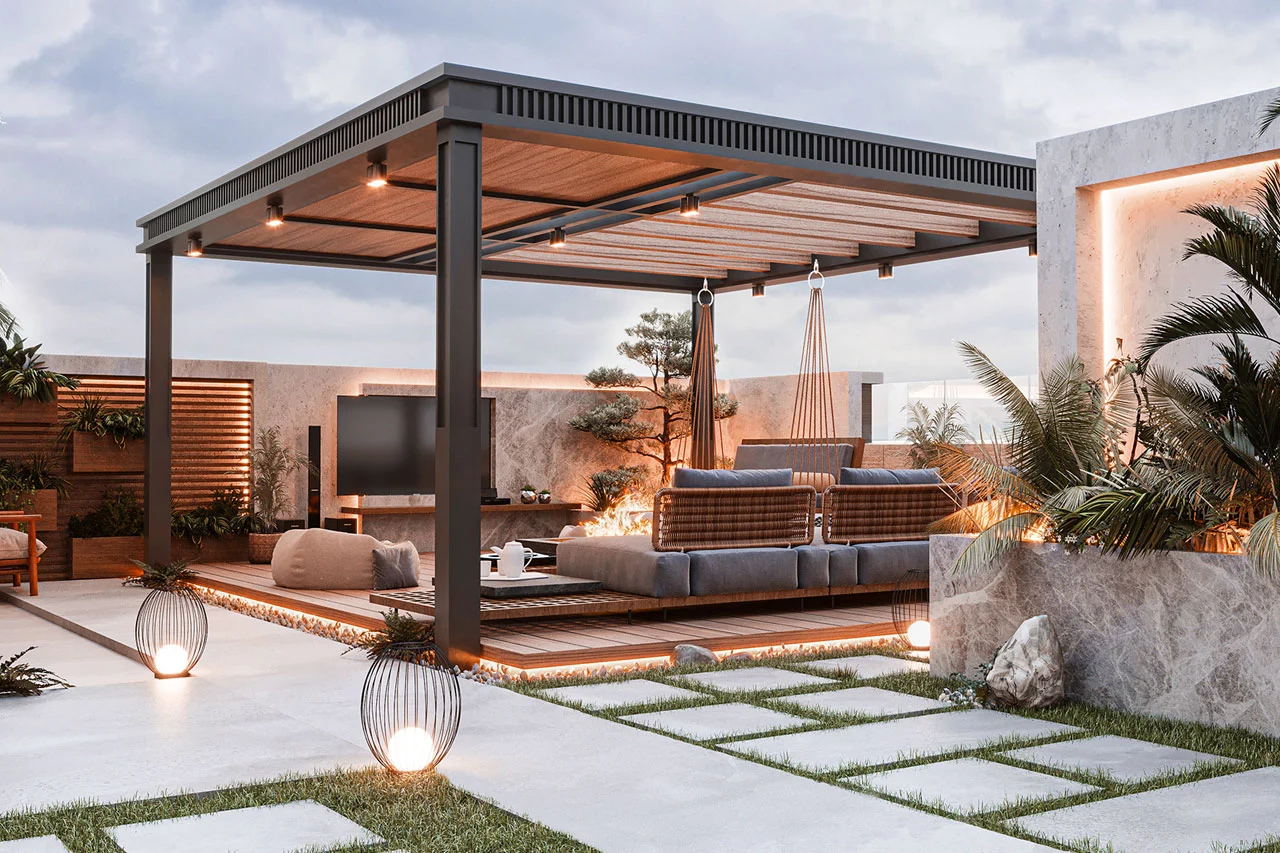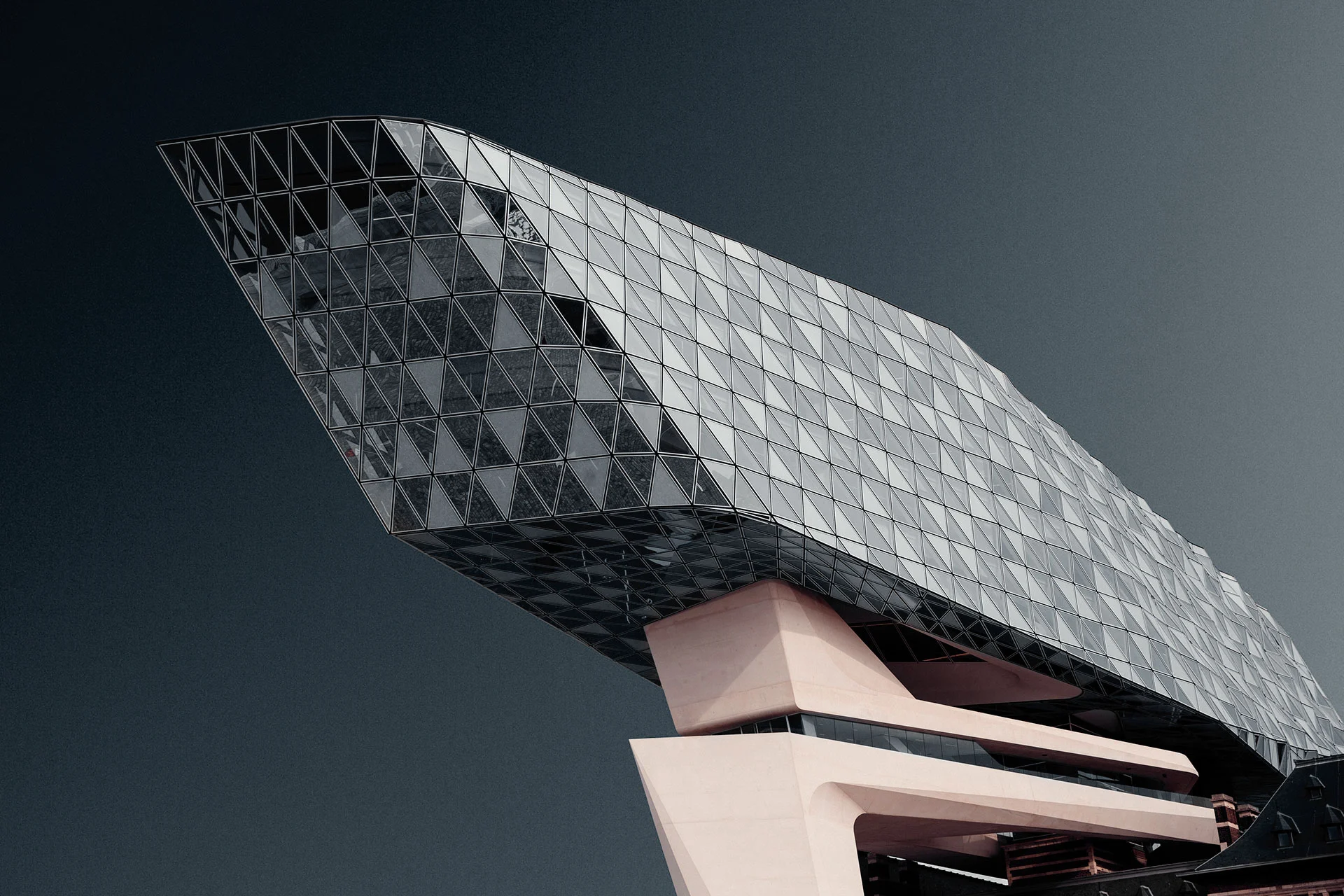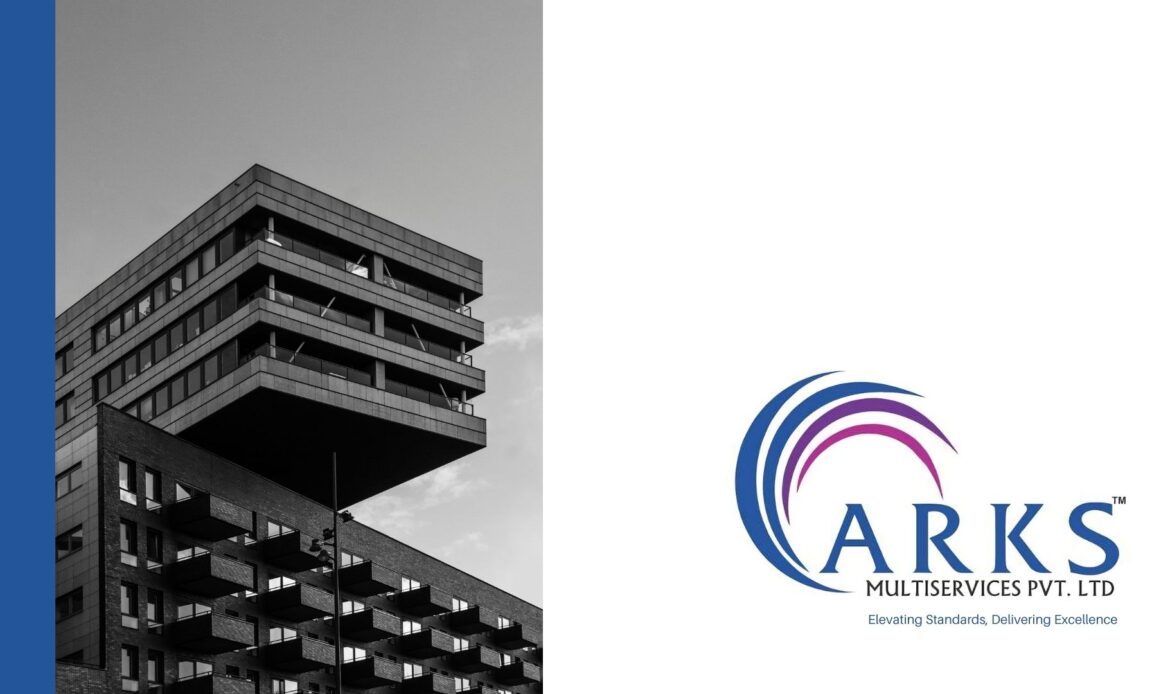Modern architecture, with its sleek lines, open plans, and embrace of industrial materials, seems almost timeless in its relevance. Yet, its origins are rooted in a specific confluence of social, technological, and philosophical shifts that occurred in the late 19th and early 20th centuries. It wasn’t a sudden revolution, but a gradual evolution, a rejection of historical revivalism and a fervent search for a new architectural language fit for the modern age.
“Good architecture is like a good therapy session, a good marriage, a good poem – gently and almost invisibly allowing you to be you, as flawed and as beautiful as you are.”
Robert Sullivan
The Seeds of Change: Industrialization and Its Impact
The Industrial Revolution served as the fertile ground for modern architecture’s germination. The mass production of steel, glass, and concrete fundamentally altered the possibilities of construction. No longer were architects confined to traditional materials and methods. The Crystal Palace, designed by Joseph Paxton for the Great Exhibition of 1851, stands as a testament to this shift. Its vast expanse of glass and iron, prefabricated and rapidly assembled, demonstrated the potential of industrial materials to create unprecedented spaces.
This newfound material abundance coincided with a burgeoning urban population. Cities were expanding rapidly, demanding new solutions for housing, commerce, and infrastructure. The traditional, ornate styles of the past felt increasingly irrelevant and impractical in the face of these pressing needs. Architects began to question the decorative excesses of Victorian and Beaux-Arts architecture, seeking a more rational and functional approach.
Ironically, the initial response to industrialization was a rejection of its perceived dehumanizing effects. The Arts and Crafts movement, led by figures like William Morris and John Ruskin, advocated for a return to handcrafted goods and traditional craftsmanship. While it opposed the aesthetic of mass production, it inadvertently played a crucial role in shaping modern architecture.
The movement emphasized honesty of materials, simplicity of form, and the integration of art and craft into everyday life. This critique of ornamentation and focus on functional design resonated with architects who sought to break free from historical styles. Furthermore, the Arts and Crafts movement’s emphasis on the “total work of art” – the integration of architecture, interiors, and decorative arts – laid the groundwork for the holistic approach that characterized later modernist projects.

The Rise of the International Style:
By the 1920s and 1930s, the various strands of modern architecture began to coalesce into a more unified style, known as the International Style. This style, popularized by the Bauhaus school in Germany and figures like Walter Gropius, Mies van der Rohe, and Le Corbusier, was characterized by:
- Clean lines and geometric forms: A rejection of ornamentation in favor of simple, functional shapes.
- Open floor plans: The creation of flexible, adaptable spaces that promoted a sense of openness and light.
- The use of industrial materials: The celebration of steel, glass, and concrete as expressive elements of design.
- The emphasis on functionality: The belief that form should follow function, with design serving the needs of the users.
- The rejection of historical styles: A desire to create a new architectural language that reflected the modern age.
Le Corbusier's Five Points of Architecture:
Le Corbusier, a Swiss-French architect, articulated the core principles of the International Style in his “Five Points of Architecture”:
- Pilotis: Raising the building off the ground with supporting columns, creating open space at ground level.
- Free Plan: The use of non-load-bearing walls, allowing for flexible interior layouts.
- Free Facade: The separation of the facade from the structural support, enabling the use of large windows and curtain walls.
- Horizontal Windows: The use of long, continuous windows, maximizing natural light.
- Roof Garden: The creation of usable roof space, providing outdoor living areas and restoring the building’s footprint.
These principles, exemplified in projects like Villa Savoye, became hallmarks of the International Style and profoundly influenced the course of modern architecture.
- Clean lines and geometric forms: A rejection of ornamentation in favor of simple, functional shapes.
- Open floor plans: The creation of flexible, adaptable spaces that promoted a sense of openness and light.
- The use of industrial materials: The celebration of steel, glass, and concrete as expressive elements of design.
- The emphasis on functionality: The belief that form should follow function, with design serving the needs of the users.
- The rejection of historical styles: A desire to create a new architectural language that reflected the modern age.



